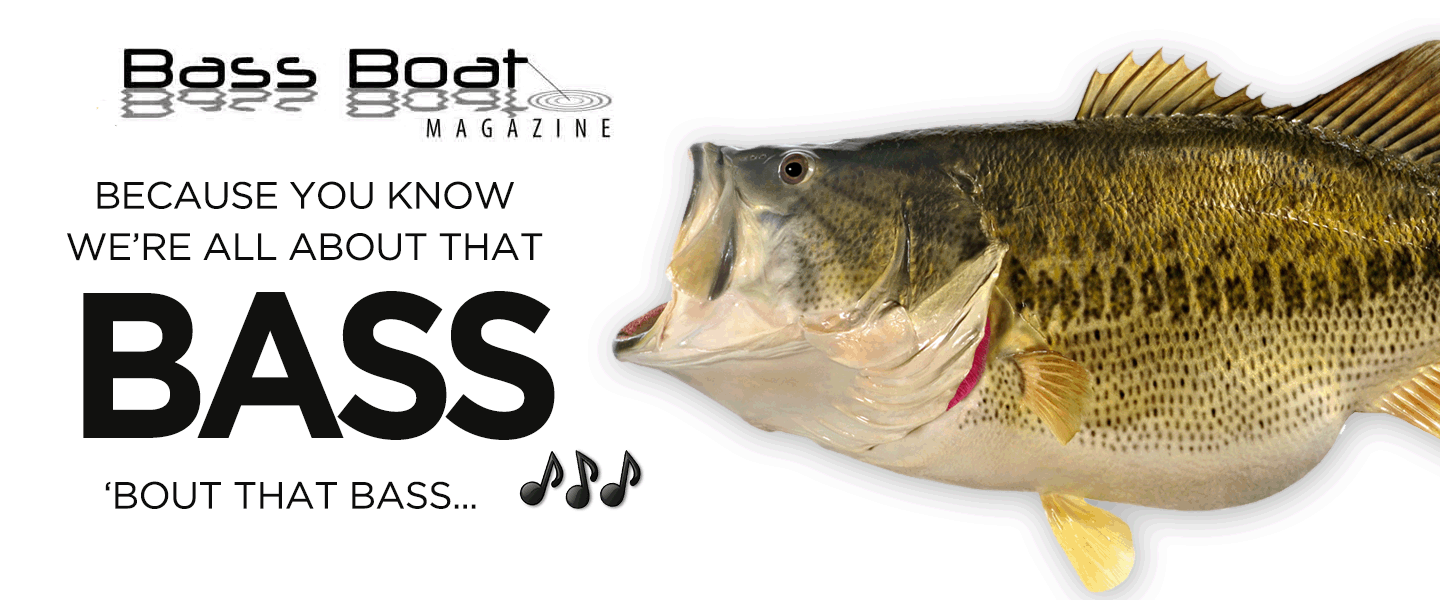I've listened to hundreds of folks talk about using, braided, fluorocarbon, and monofilament lines without really explaining the differences. I was able to catch Dance's show the other day, and that's what the whole show was about. Really set me to thinking about changing some of my setups. He broke down the reasons one would use the many different types in the boat on a given day.
Monofilament: He talked about this one for using with all topwater baits. Says that even though it may stretch more than any other, that it will also float better than any other. As far as stretch is concerned, you want that when using topwaters, to keep from setting the hook to quick. It allows your line to give and take the shock out of the hook set.
Fluorocarbon: Said this is the best line for using with crankbaits, and jerk baits. He also said that as far as being under water, that none of them are completely
under water, that none of them are completely  . But he did go a little further and say that they have a line in the camo pattern out that really works great. Sounds stupid to have camo in fishing material, but he explained that when the light hits it underwater, that the different colors break up the outline of the fishing line itself. It makes it throw off different colored lighting from the line to blend in better. This line has less stretch than mono, but it also sinks better than mono.
. But he did go a little further and say that they have a line in the camo pattern out that really works great. Sounds stupid to have camo in fishing material, but he explained that when the light hits it underwater, that the different colors break up the outline of the fishing line itself. It makes it throw off different colored lighting from the line to blend in better. This line has less stretch than mono, but it also sinks better than mono.
Braided: And then you come to the monster of the group. And everyone knows the deal with braided. It's for the heavy duty applications. But he went further with it and talked about the differences in the casting of it. Said when he's fishing freshwater, that he uses nothing bigger than 40 to 60 lb test. Has the diameter of 12 lb mono. Says the lures casting ability is at it's premium when you stay with these lb test, and that you have all the power you will ever need to haul that big one into the boat. Also stated that of the 3 lines mentioned, that the braided is the one that has to be changed out the least.
Now I know that everyone out there may not agree with this posting. But I really found the show to explain a lot of things that I was confused on. After watching the show and thinking on what he stated, I can now see where I might change some of mine up. JMO
Monofilament: He talked about this one for using with all topwater baits. Says that even though it may stretch more than any other, that it will also float better than any other. As far as stretch is concerned, you want that when using topwaters, to keep from setting the hook to quick. It allows your line to give and take the shock out of the hook set.
Fluorocarbon: Said this is the best line for using with crankbaits, and jerk baits. He also said that as far as being
 under water, that none of them are completely
under water, that none of them are completely  . But he did go a little further and say that they have a line in the camo pattern out that really works great. Sounds stupid to have camo in fishing material, but he explained that when the light hits it underwater, that the different colors break up the outline of the fishing line itself. It makes it throw off different colored lighting from the line to blend in better. This line has less stretch than mono, but it also sinks better than mono.
. But he did go a little further and say that they have a line in the camo pattern out that really works great. Sounds stupid to have camo in fishing material, but he explained that when the light hits it underwater, that the different colors break up the outline of the fishing line itself. It makes it throw off different colored lighting from the line to blend in better. This line has less stretch than mono, but it also sinks better than mono.Braided: And then you come to the monster of the group. And everyone knows the deal with braided. It's for the heavy duty applications. But he went further with it and talked about the differences in the casting of it. Said when he's fishing freshwater, that he uses nothing bigger than 40 to 60 lb test. Has the diameter of 12 lb mono. Says the lures casting ability is at it's premium when you stay with these lb test, and that you have all the power you will ever need to haul that big one into the boat. Also stated that of the 3 lines mentioned, that the braided is the one that has to be changed out the least.
Now I know that everyone out there may not agree with this posting. But I really found the show to explain a lot of things that I was confused on. After watching the show and thinking on what he stated, I can now see where I might change some of mine up. JMO

